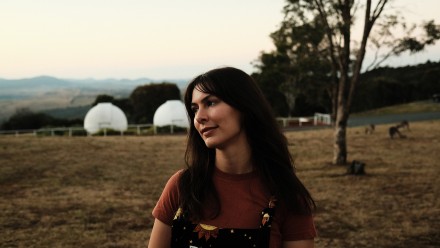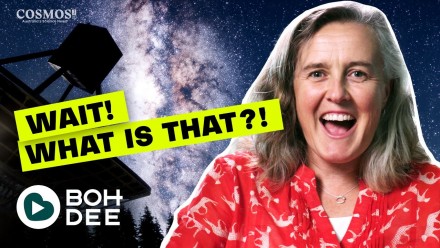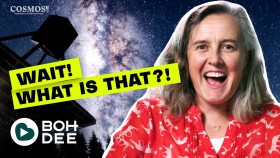On the origin of the North Celestial Pole Loop
The North Celestial Pole Loop (NCPL) provides a unique laboratory for studying the early stage precursors of star formation. Uncovering its origin is key to understanding the dynamical mechanisms that control the evolution of its contents. In this study, we explore the 3D geometry and the dynamics of the NCPL using high-resolution dust extinction data and H I data, respectively.
You can play with the data!
We have supplemented the paper with many 3D interactive plots: https://www.cita.utoronto.ca/NCPL/share/Marchal_Martin_2022/leike_full_1.32_3.52.html
Image: This one shows the NCPL in the large scale context of the solar neighbourhood using the 3D dust map by Leike et al. 2020 in different density ranges. The large orange spheroid shows the elongated cavity that forms the inner part of the NCPL.
Results:
We find that the elongated cavity that forms the inner part of the NCPL is a protrusion of the Local Bubble (LB) likely filled with warm (possibly hot) gas that passes through and goes beyond the location of the dense clouds. An idealized model of the cavity as a prolate spheroid oriented toward the observer, reminiscent of the cylindrical model proposed by Meyerdierks et al. (1991), encompasses the protrusion and fits into arcs of warm H I gas expanding laterally to it. As first argued by Meyerdierks et al. (1991), the non-spherical geometry of the cavity and the lack of OB stars interior to it disfavor an origin caused by a single point-like source of energy or multiple supernovae. Rather, the formation of the protrusion could be related to the propagation of warm gas from the LB into a pre-existing non-uniform medium in the lower halo, the topology of which was likely shaped by past star formation activity along the Local Arm.
Marchal & Martin 2023 (published in ApJ)
https://ui.adsabs.harvard.edu/abs/2023ApJ...942...70M/abstract
-Antoine Marchal












